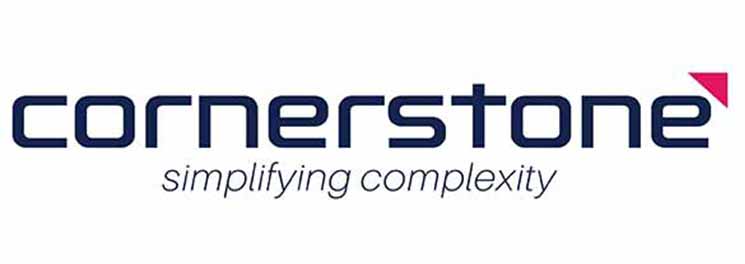
Resilience at Two Speeds: Designing Supply Chains for Disruption
Mature supply chains aren’t waiting for the next shock; they’re building for it with two-speed strategy that balances short-term protection with long-term transformation.
If agility is now understood as the ability to respond rather than react, resilience has followed a similar path. It’s no longer just about withstanding disruption – it’s about using disruption as a springboard to move ahead. That means absorbing shocks when they hit, then rebounding forward with clearer thinking, smarter planning and the velocity to move at the right pace, in the right direction.
For supply chains, this shift couldn’t be more timely. Global trade is becoming increasingly politicised, with protectionism seemingly threatening to replace globalisation. And the cost of doing nothing – or doing only the bare minimum to cope – is mounting fast.
We’re now seeing a widening gap between businesses who are making defensive plays to weather the current storm, and those who are adopting a two-speed strategy by building on these defensive tactics with longer-term offensive plays to change the game entirely.
Resilience is a strategy, not a state
At its core, a two-speed approach in supply chains recognises that resilience must be sustained over the long term, not just treated as a one-off achievement. It combines short-term risk mitigation with long-term opportunity capture.
In the shorter term, defensive moves help protect margins and maintain service continuity. That might mean shifting from single-source supply to a dual-source approach, engaging alternate suppliers or relocating fulfillment closer to end markets. Scenario planning and other gamification strategies are used to anticipate tariff impacts or raw material shortages before they hit.
But resilience isn’t just about staying upright. Offensive strategies are what push the business forward: entering new markets to reduce overdependence on unstable markets, reconfiguring manufacturing footprints for geopolitical flexibility, or investing in data-driven Centres of Excellence to lift supply chain maturity. These long-term moves require investment and foresight, but they create competitive separation in a climate where many are still playing catch-up.
Much of a supply chain’s resilience comes down to maturity. Mature operations don’t just see what’s coming; they act before the shock arrives. That means having visibility beyond Tier 1 suppliers, sharing demand signals up and down the chain in your keiretsu-style supply network and building flexibility into planning processes. Less mature businesses – particularly those that failed to act after COVID – are now finding themselves vulnerable.
This is where the value of a dedicated SWOT team becomes clear. These cross-functional groups are responsible for scanning the horizon for speed bumps and opportunities, then shaping both the tactical response and the longer-term roadmap. In high-performing organisations, they become the bridge between defensive triage and offensive transformation.
Rethinking supply and demand in a politicised world
Today, even minor regulatory changes in one country can ripple into significant commercial impacts in its trading partners. A single tariff can trigger price increases, route changes, delayed fulfilment and ultimately, customer dissatisfaction. In some cases, the cascade is so severe it destabilises the entire cost model for a product line.
Mitigating this risk comes down to one central truth: scenario modelling is no longer a nice-to-have; it must be a core capability. The ability to simulate and stress-test supply decisions is what allows businesses to remain agile and intentional in the face of global volatility.
With protectionism and tariffs changing the map, the question for supply chain leaders isn’t just “How do we keep costs down?”. It’s “Where should we be playing?” and “Who should we be playing with?”.
Sourcing strategies are being revisited, not just for cost or speed, but for survivability. In parallel, many organisations are questioning market exposure – if the US is becoming too unpredictable, where else can growth come from? Southeast Asia, Europe and Latin America are re-emerging as strategic options, provided the business has the right structures in place to pivot.
The cost of standing still
It would be easy to shrug off the current state of play as temporary chaos. However, supply chain leaders understand that disruption is not an exception but a constant. It may shift in form, scale, or impact, but it’s always present. Therefore, the cost of inaction is real – inventory risks are growing and brand loyalty can erode faster than ever. And in some cases, margin pressure is becoming existential.
In past global shocks, resilience may have been purely about getting through the next quarter. However, this time around it’s about being structurally ready for what comes next. That means planning deliberately, acting early and investing in the capabilities that allow your supply chain to bend without breaking.
Tariffs and trade wars might make headlines for all the wrong reasons, but their impact is anything but trivial. For supply chain leaders, the challenge isn’t to outlast the volatility – it’s to design for it. That means treating unpredictability as the new normal, not the occasional disruption.
We are enablers of change and transformation in Financial Planning & Analytics, Supply Chain, Information Management, Project Delivery, and Managed Application Services. Contact us to find out more or call 1300 841 048 to find out how.





